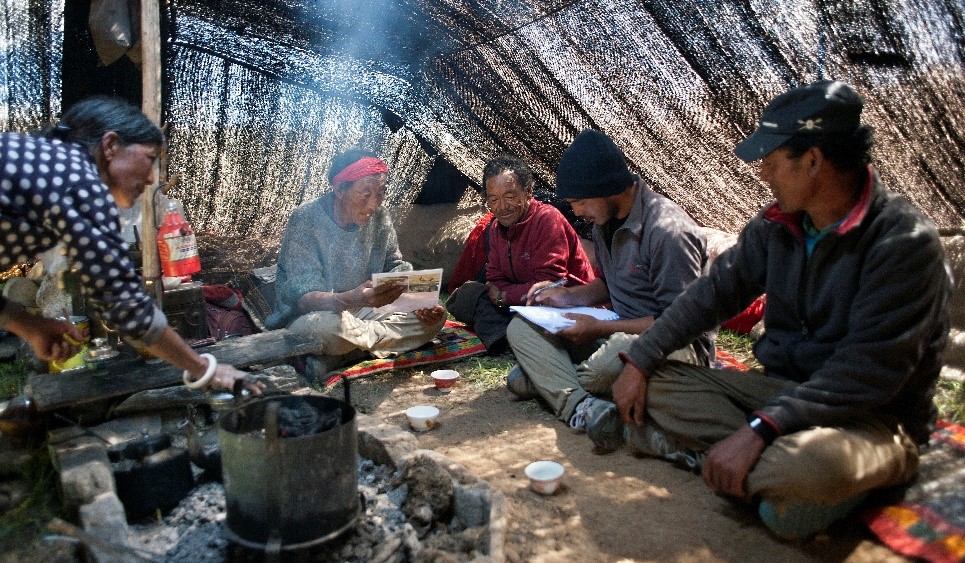Research
Patterns and Determinants of Snow Leopard Panthera uncia Depredation of Livestock in Annapurna

Principal Investigator
Human-snow leopard (Panthera uncia) conflict over livestock depredation is perhaps the most important conservation and livelihood issue throughout the range of this big cat. Mitigating this conflict is crucial for gaining local support for conservation programs and to minimize the risk of retribution killings. From August to October 2016, I conducted questionnaire surveys with household owners (n = 410) in the Annapurna Conservation Area of Nepal using semi-structured questionnaires to assess livestock depredation by snow leopard. The results showed that 44.2% of households reported the loss of 868 livestock heads to snow leopard during July 2014-June 2016. The average livestock loss per household was 4.8 heads. This loss represented 2.4% of total livestock holdings during 2016. Livestock losses differed significantly between the times of the day, being much higher at night, but not between seasons. Using generalized linear models, I assessed the relationship between livestock loss and predictor variables. The results suggest a positive effect of family size on horse depredation and a positive effect of holdings on yak and goat/sheep depredation. Horse losses differed between settlements, with some hotspot settlements losing higher numbers than the others. This study suggests that livestock depredation should be minimized by improving livestock husbandry practices and using alternative mitigation measures such as predator deterrent foxlights lights and predator proof corral which are currently being applied at a small scale in the Annapurna region.

